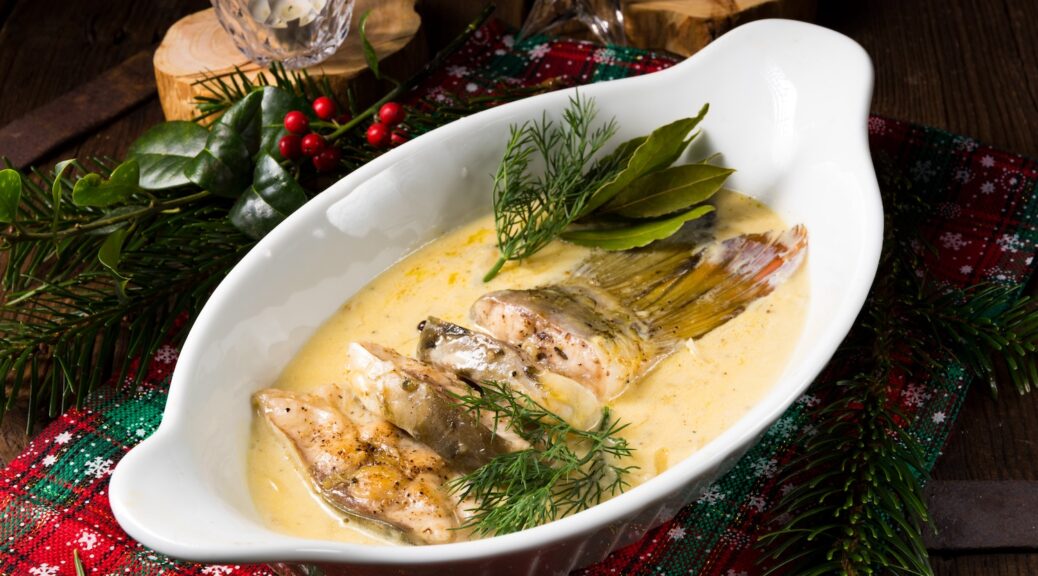
How to Make Butter Sauces and Roux
Sauces improve so many dishes, but we often buy prepared sauces or mixes rather than make our own. It can be daunting at first, but once you get the hang of it, you can quickly whip up a basic sauce and then customize it to your tastes. You’re not only saving money, but avoiding eating so many artificial ingredients.
INFORMATION BELOW COMPILED FROM 1800s COOKBOOKS:
DRAWN (MELTED) BUTTER
Melted butter is the foundation of most of the common sauces. It is usually sent to table with boiled fish and boiled poultry. Also, with boiled mutton, lamb, and veal. It is never served up with any thing roasted, fried or broiled.
Have a covered saucepan for this purpose; one lined with porcelain will be best. Take one-fourth pound of the best fresh butter, cut it up, and mix with it one tablespoon of flour. When it is thoroughly mixed, put it into the saucepan, and add to it one-half teacup of hot water. Cover the saucepan and set it in a large tin pan of boiling water. Shake it round continually (always moving it the same way) till it is entirely melted and begins to simmer. Then let it rest till it boils up.
- If you set it on too hot a fire it will be oily.
- If the butter and flour are not well mixed, it will be lumpy.
- If you put in too much water, it will be thin and poor. All these defects are to be carefully avoided.
- In melting butter for sweet or pudding sauce, you may use milk instead of water.
CLARIFIED BUTTER
For this purpose use none but the very best fresh butter, such as is made in summer, when the cows are well pastured. Cut up the butter, put it into an enameled or porcelain stew-pan, and melt it gently over a clear and moderate fire.
When it simmers, skim it thoroughly, draw it from the fire, and let it stand five minutes, that the milk or sediment may sink to the bottom. Then pour it clear from the sediment through a muslin strainer, or a fine clean hair sieve.
Transfer to jars with close covers, and keep them in a cool dry place. If well prepared, and originally very good, this butter will answer for sauces, stews, &c., and continue good a long time. In France, where they do not salt any butter, large quantities are melted in this way for winter use.
BEURRE NOIR OR BROWN BUTTER SAUCE
For Eggs, Calf’s Head, Calf’s Brains, Fish ~ Put one-fourth pound of butter in a saucepan and let it cook slowly until it has browned. Then add three tablespoons of hot vinegar, one tablespoon of chopped parsley, and a dash of pepper and of salt.
MAITRE D’HOTEL SAUCE
For Broiled Fish and Steaks
~ 2 tablespoonfuls of butter.
~ 1 tablespoonful of chopped parsley.
~ 1 tablespoonful of lemon juice.
~ ½ teaspoonful of salt.
~ ½ teaspoonful of pepper.
Rub the butter to a cream; add salt, pepper, and parsley chopped very fine; then the lemon-juice slowly. Spread it on broiled meat or fish; let the heat of the meat melt the butter. The dish must not be put in the oven after the sauce is spread, or the parsley will lose its freshness and color. This sauce, which greatly improves as well as garnishes broiled meat, can be mixed and kept for some time in a cool place. Soften a little before using so it will spread evenly, and be quickly melted by the hot meat.
ROUX FOR SAUCES
Roux is used for thickening, giving body to sauces, &c. It is made by cooking together an equal quantity of butter and flour for about five minutes, or until the flour has lost the raw taste. When the roux is cooked, draw the saucepan to a cooler part of the range, and add the liquor (stock or milk) slowly, in the proportion of one cup of liquor to one tablespoon each of butter and flour, and stir until smooth.
If the roux is for white sauce, do not let the flour color. If for brown sauce, let it cook until brown, but be careful that it does not burn. If more flavor is wanted, fry a few slices of onion or other vegetables in the butter before adding the flour. Sauces thickened in this way are much better than those in which uncooked flour is used. In making roux, do not use more butter than flour. Where more butter is required in a sauce, add it, in small pieces at a time, after the other ingredients are mixed with the roux. This will prevent an oily line forming.
Where the butter and flour are allowed to brown, it is called a brown roux, and is thinned with the soup or stew which it is designed to thicken.
With milk it is called cream roux, and is used for boiled fish and poultry. Capers added to a white roux—which is the butter and flour, with water added—make caper sauce, for use with boiled mutton. Pickled nasturtiums are a good substitute for capers. Two hard-boiled eggs cut fine make egg sauce. Chopped parsley or pickle, and the variety of catsups and sauces, make an endless variety; the white roux being the basis for all of them.
=================================================
Do You Make Homemade Sauces? Please Leave a Comment Below.
=================================================




